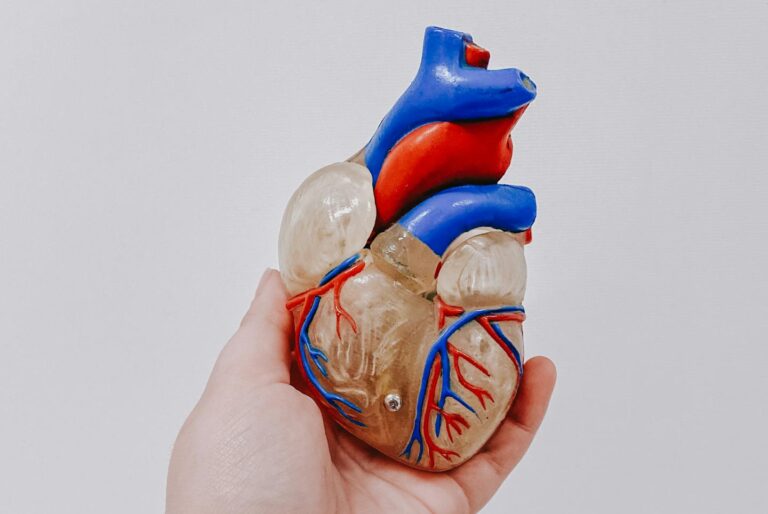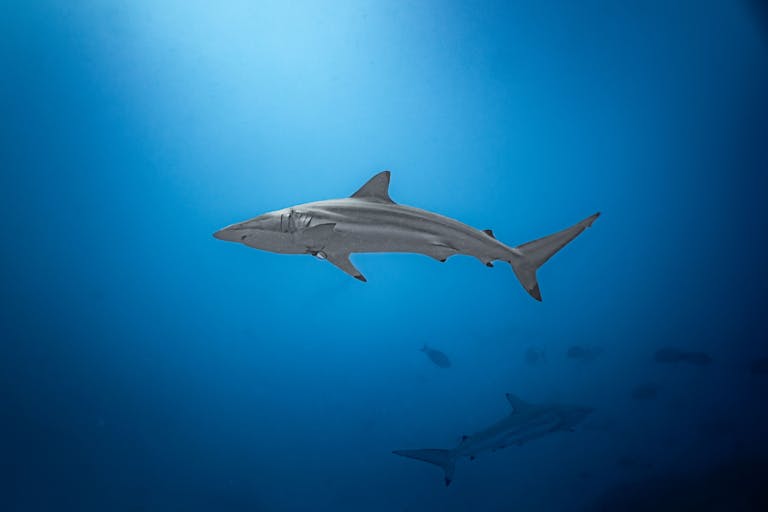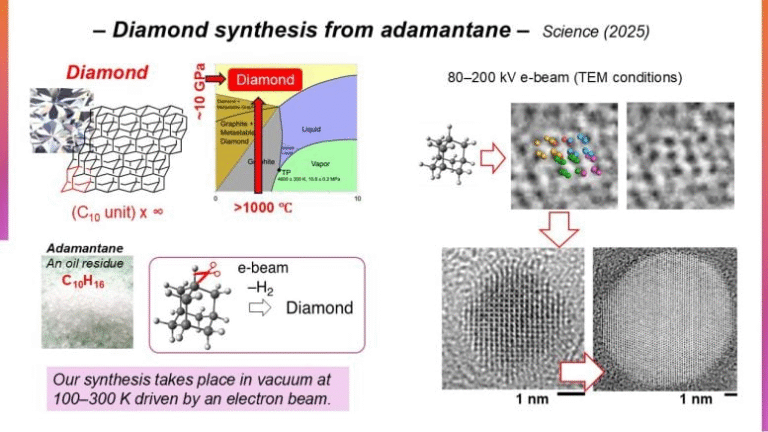Fresh Organic Chemistry Found in Ice Grains from Saturn’s Moon Enceladus — Stronger Clues for Habitability

Scientists have uncovered compelling new evidence that the icy moon Enceladus, orbiting Saturn, may host the chemical conditions necessary for life. In a recent study, researchers re-analysed data from the Cassini mission and found previously unseen organic molecules in ice grains freshly ejected from Enceladus’s subsurface ocean.
This finding gives us a clearer glimpse into the moon’s hidden ocean chemistry — and raises its profile as one of the most promising places in our Solar System to explore with life-in-mind.
The Setting: Enceladus’s Hidden Ocean and Icy Plumes
Enceladus is a relatively small moon, roughly 500 km across, but it punches above its weight when it comes to astrobiological interest. Thanks to Cassini’s observations (first in 2005 and subsequent years), we know that the moon hosts a global salty ocean beneath its icy crust, and that this ocean is venting material — water vapour and ice grains — via fractures near its south pole.
These jets — sometimes called cryovolcanoes — eject ice particles and water vapor into space. Some of these particles form Saturn’s faint E-ring, and others fall back to the surface. What’s especially interesting is that the ice grains are likely derived from the subsurface ocean, meaning they may carry chemical signatures of the ocean’s internal processes.
What’s New in This Study
Previous analyses of Enceladus plume and E-ring particles had already detected organic molecules, but with one caveat: many of those particles were older, having drifted in the ring environment and been exposed to radiation or space weathering. That means the detected organics might have changed over time, making it harder to decipher their origin.
In this new work, the team focused on freshly ejected ice grains that were sampled during Cassini’s E5 fly-by (in 2008) at an encounter speed of nearly 18 km s⁻¹ (around 40,000 mph). That speed is significant because when the ice grains hit the detector at such a high velocity, water-molecule clusters that usually obscure organic signals don’t form — allowing the detection of more subtle organic fragments.
What Molecules Were Found
Here are the key findings of the chemical analysis:
- The study reaffirmed the presence of aryl (aromatic ring) and oxygen-bearing functional groups in the ice grains, consistent with prior E-ring studies.
- But crucially, the high-speed data revealed new molecular fragments not seen before in Enceladus samples:
- Aliphatic chains (non-aromatic hydrocarbon fragments)
- (Hetero)cyclic ester/alkene fragments
- Ethers/ethyl fragments
- Tentative nitrogen- and oxygen-bearing compounds, hinting at more complex organics.
- Because these ice grains were ejected only minutes before being sampled, the researchers argue these molecules are directly sourced from the subsurface ocean, not heavily altered by space exposures.
- The presence of such molecules suggests active geochemistry (possibly hydrothermal) in the ocean-rock system. The authors write that these organics hint at “geochemical pathways towards the synthesis and evolution of organics.”
Why This Matters
This isn’t just another detection of organics — it changes the quality of evidence. Because the sampled particles are fresh, the chemical signatures are likely unmodified by long exposure to space radiation or solar wind. That means we have a cleaner snapshot of the ocean’s chemistry.
Here’s what makes the results especially notable:
- They push Enceladus up the ranking of habitable-world candidates. The moon appears to have the three main ingredients for habitability: liquid water (the ocean), a source of energy (likely hydrothermal activity or tidal heating), and complex organic molecules.
- The detection of new organic classes means the chemistry inside Enceladus is more diverse than previously thought — not just simple organics, but a variety of hydrocarbon and hetero-element compounds that could, hypothetically, feed more complex chemistry.
- Even though life has not been detected, the presence of this rich organic chemistry in a water-rock ocean system is a huge win for astrobiology. It means that the environment is capable of doing things life-makes possible, even if we don’t yet know if life is or ever was present.
- For mission planners, this result strengthens the case for returning to Enceladus — maybe with a fly-through plume sampler, or even a lander on the south polar terrain.
The Mission Context
The Cassini mission (a collaboration of NASA, ESA and the Italian Space Agency) flew through Enceladus’s plumes multiple times between 2005 and 2017. But the E5 fly-by in 2008 remains unique for its high-speed direct sampling of freshly ejected plume particles.
Now, a few years after Cassini’s end, scientists are still mining its data — re-examining the smallest details and getting results that weren’t possible earlier. As ESA project scientists have noted, it’s remarkable to see new discoveries emerging from Cassini data almost two decades after it was collected.
Meanwhile, the European Space Agency has identified Enceladus as the top target for its next “large-class” space-science mission (post-JUICE, LISA, Athena) under their Voyage 2050 programme. Concepts being studied include plume fly-throughs or even landing on the south polar terrain and sampling directly.
Some Extra Background on Enceladus’s Ocean World
Since this discovery is part of a larger story, here are a few extra points to help situate it:
Internal Structure and Ocean
Enceladus’s ocean was first strongly hinted at in 2005 when Cassini observed jets of water vapour and ice erupting from its south pole. Gravity and topography data later confirmed a global ocean beneath an icy shell. The ocean appears to be in contact, at least in places, with the rocky core — an important condition for abiotic and possibly biotic chemistry.
Energy Source and Hydrothermal Activity
One of the major clues is the detection of molecular hydrogen (H₂) in the plume material (reported in earlier Cassini data). H₂ is a potential energy source, particularly if hydrothermal vents exist on the ocean floor. On Earth, hydrothermal vents are rich ecosystems. The analog on Enceladus may not harbor life, but the chemistry looks similar in set-up.
Plume Sampling Advantage
Because Enceladus’s plumes eject ocean material directly into space, we have a rare opportunity to sample a subsurface ocean without drilling through kilometres of ice. Cassini’s sampling of icy grains and vapor is akin to taking a biopsy of the hidden ocean — although remote and constrained, it’s still excellent for planetary science.
Organics and Life’s Building Blocks
For life as we know it, organics are essential: carbon, hydrogen, nitrogen, oxygen, phosphorus, sulphur. Previous work on Enceladus detected several of these elements and simpler organics. The current study adds new complexity. However, it’s important to remember that detecting organics does not mean detecting life. Life detection demands more stringent evidence — things like isotopic fractionation patterns, cell-like structures, or metabolic signatures.
What the New Study Does Not Show (and Cautionary Notes)
- The study does not report life or unambiguous biosignatures. The authors are careful to say they detected organics and chemical complexity, but they did not claim microbes.
- Even though the organics are more complex than before, we don’t know their abundance, their precise molecular formulas in all cases, or the pathways by which they were produced (abiotic vs. biotic).
- Fresh ice grains improve the fidelity of the chemical snapshot, but there still may be limits: instrument resolution, mass-spectral ambiguity, and the inability to extract an origin timeline for every molecule.
- While the presence of organics and energy and water make Enceladus habitable in principle, habitability is not the same as being inhabited.
Looking Ahead
Given the new results, what are the next logical steps?
- More detailed instrumentation: Future missions could carry high-resolution mass spectrometers, dust analyzers, and volatile samplers capable of better discriminating complex organics and isotopes.
- Plume fly-throughs: A mission that specifically targets the south polar jets of Enceladus, capturing fresh plume particles, could refine our understanding of chemical pathways and perhaps detect biosignature candidates.
- Lander or surface sampling: A lander on the south polar terrain of Enceladus, perhaps sampling deposits of icy plume fallout, could directly analyse surface material with controlled context.
- Comparative studies: Other icy ocean moons — for example, Europa — should be studied in parallel. Each world has its own advantages and challenges.
- Tightening the habitability criteria: With each discovery, scientists refine the definition of habitability — not just liquid water, but energy flux, chemical disequilibria, and organic substrates.
Conclusion
This new study of Enceladus’s freshly ejected ice grains marks a major stride in our understanding of how rich and active the moon’s subsurface ocean chemistry may be. The detection of new classes of organic molecules, directly sampled from material ejected minutes after leaving the ocean, gives us stronger evidence that this world is not just interesting, but compelling.
For those of us curious about life beyond Earth, this discovery provides a straight-forward update: the pieces are falling into place — liquid water, energy, complex organics — on a relatively accessible icy moon. Whether those pieces ever assembled into life remains unknown, but the path forward is clearer.
Reference:
Khawaja, N., Postberg, F., O’Sullivan, T. R. et al. Detection of organic compounds in freshly ejected ice grains from Enceladus’s ocean. Nature Astronomy. doi:10.1038/s41550-025-02655-y. Nature Astronomy





